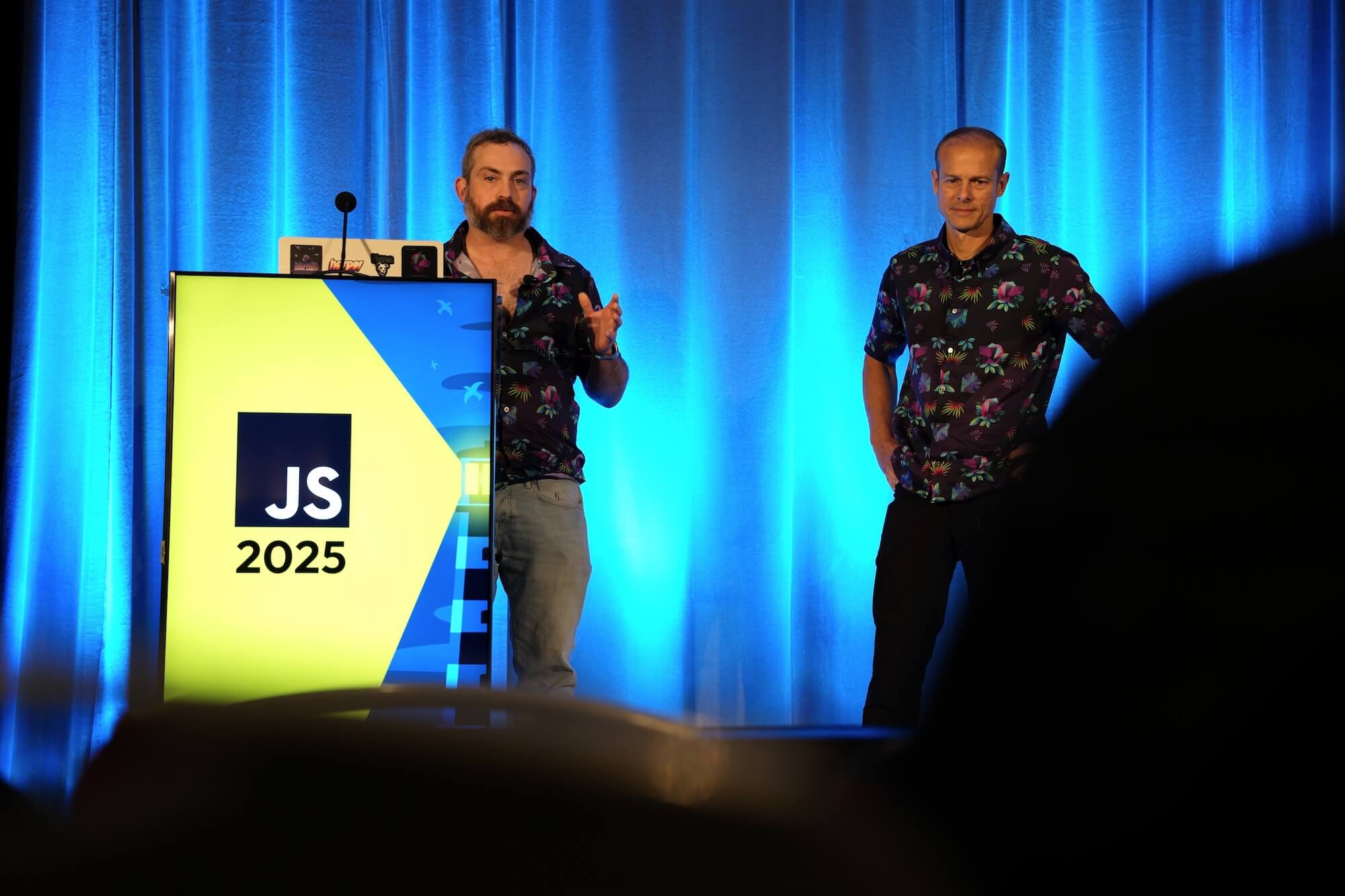DENVER, Oct. 14, 2025 / -- Today, at the JSConf North America 2025, Harper announced it has open sourced its core technology, a composable full-stack web application platform. The highly extensible, distributed system fuses database, cache, messaging, and Node.js runtime into a single server-side process — delivering unmatched performance for data-intensive, latency-sensitive applications. By making its performance platform publicly available, Harper aims to support wider Node.js developer adoption of its platform, drive innovation at the edge, and foster a more open ecosystem of community contribution.
Harper's decision to open source its foundational technology comes as the composable platform has already seen strong enterprise traction. Harper is battle-tested in production, currently powering nearly two percent of global e-commerce purchases and other high-traffic web properties with ultra-low latency. Harper customers have reported dramatic performance gains – including server response times under one millisecond in scenarios where traditional stacks took over 100 milliseconds, and web pages loading up to 7x faster with Largest Contentful Paint (LCP) metrics up to 30x faster than previous architectures. In turn, these performance gains help Fortune 100 e-commerce companies and destination websites drive greater engagement, boost conversion rates, and fuel revenue growth.

These improvements stem from Harper's cloud and edge-native unified architecture, which collapses multiple layers of the web stack into one process that delivers millisecond response times across globally distributed systems. By keeping data at the edge and eliminating network hops and serialization between separate database, cache, and application tiers, Harper removes the usual inefficiencies and achieves extremely low response times. As part of this initiative, Harper is releasing the source code under the Apache 2.0 license. This choice ensures maximum flexibility allowing any organization to deploy Harper's engine in their own environment, integrate with existing systems, and build commercial solutions on top of it.
"Open sourcing our technology is a way for us to collaborate and build alongside the developer community, and particularly the Node.js community, who have made Harper as it is today possible," said Stephen Goldberg, CEO and Cofounder of Harper. "By releasing our source, we're putting Harper in the hands of skilled web architects and developers around the world, inviting them to help shape the future of high-speed, edge-native applications. We're excited to see what the community will create and how they'll push the boundaries of what Harper enables while staying true to our core values of openness, performance, and reliability."

This open-source release marks a significant milestone in Harper's strategy to drive innovation through openness. Harper hopes to accelerate the development of new use cases in edge computing and distributed web applications, leveraging community-driven ideas and feedback. The company will continue to offer enterprise-grade support and managed services for organizations that require production assistance, ensuring that both OpenJS community users and enterprise customers benefit from Harper's ongoing evolution.
To get started, developers worldwide are encouraged to visit the Harper repository available on GitHub, run the engine in their own environments leveraging Harper's free UI, and join Harper's community forums and discord channels to collaborate. For additional documentation and examples, visit harper.fast/start
About Harper
Harper enables companies to achieve web speed, scale, and performance levels never seen before – with customers reporting as much as 7x faster page loads, nearly 30x faster LCPs, and more than 25 percent year-over-year revenue growth. Its innovative, backend technology collapses the traditional software stack into one highly-efficient, low-latency system with limitless horizontal scale. By combining data, application, cache, and messaging functions into a single process, on a single server, Harper eliminates the constraints and complexity of building, distributing, and maintaining data-dependent applications. In doing so, Harper unlocks new revenue streams for its clients and inspires dev teams to innovate without compromise. To learn more, visit harper.fast/start
Media Contact:
Aleks Haugom
Senior Manager of GTM
aleks@harperdb.io








.jpg)
